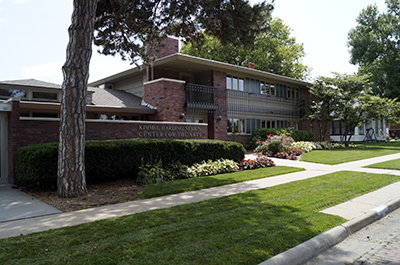Carolina Quartly has published my story, “Ready for Glory,” on their website this week. This is the first I’ve published from an ongoing project I’ve been working on as part of my Ph.D, which is to “adapt” (I put quotes because I’m still trying to figure out what that means) the stories in James Joyce’s DUBLINERS to stories about present day Detroit.
It’s exciting to have “Ready for Glory” out first, because it is based on the first story in Dubliners, “The Sisters.” Take a look if you wanna.
The second story, based on “The Encounter” has also already found a home. News about that is coming soon.
The first few were easiest because they are about childhood, something I love to write about, and because they are in first person. As the project progresses, it gets trickier, but I’m also embarking on the challenges that have drawn me to the project in the first place: to learn how Joyce uses point of view. With every story, I’ve been enjoying finding parallels with early 20th century Dublin and early 21st century Detroit. There are more than I’d imagined.





